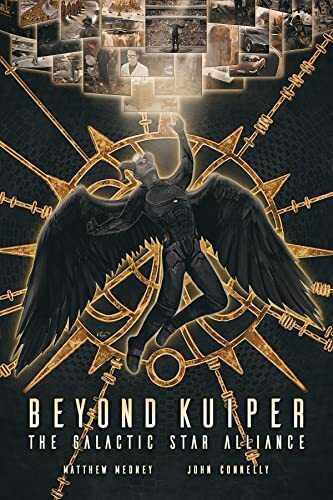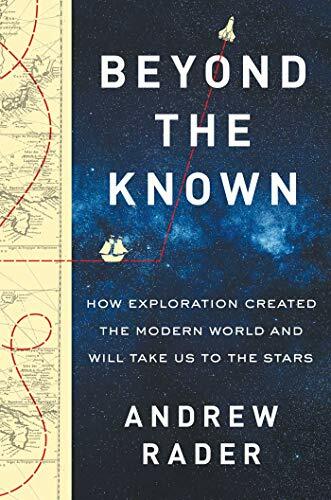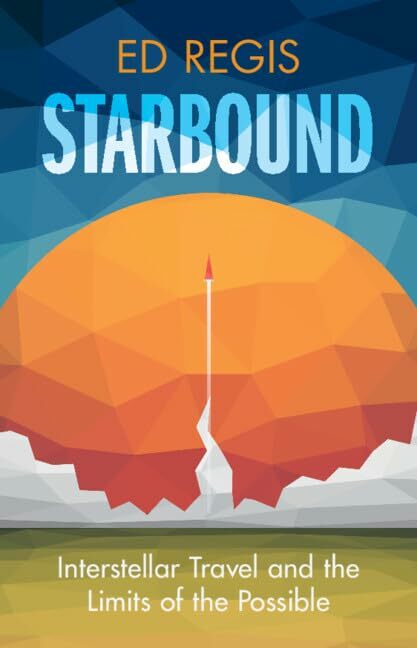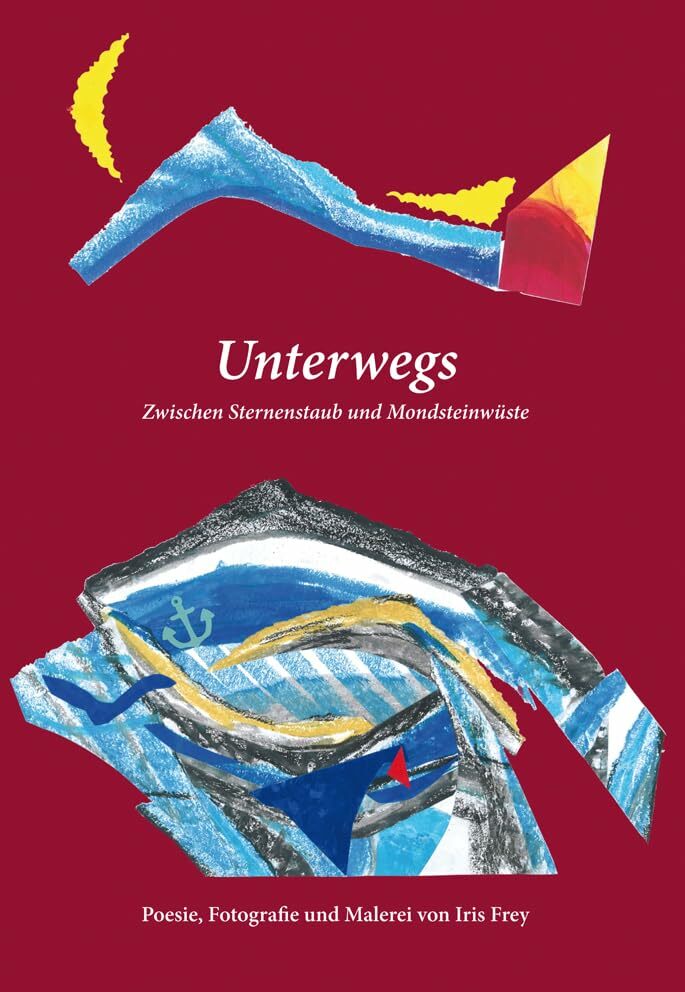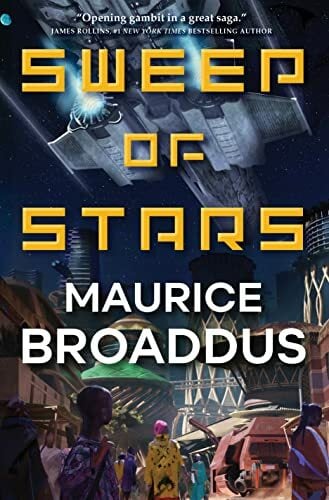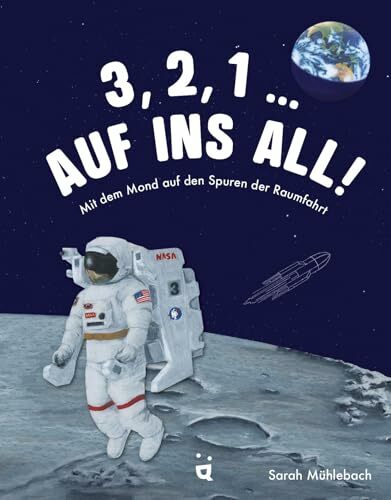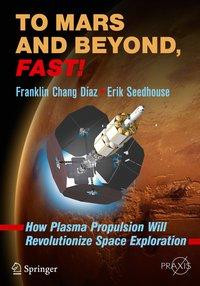
To Mars and Beyond, Fast!
Kurzinformation
inkl. MwSt. Versandinformationen
Artikel zZt. nicht lieferbar
Artikel zZt. nicht lieferbar

Beschreibung
To Mars and Beyond, Fast! von Seedhouse, Erik
Produktdetails

So garantieren wir Dir zu jeder Zeit Premiumqualität.
Über den Autor
Franklin Chang Díaz was born April 5, 1950, in San José, Costa Rica, to the late Mr. Ramón A. Chang Morales and Mrs. María Eugenia Díaz Romero. At the age of 18, having completed his secondary education at Colegio de La Salle in Costa Rica, he left his family for the United States to pursue his dream of becoming a rocket scientist and an astronaut.Arriving in Hartford Connecticut in the fall of 1968 with $50 dollars in his pocket and speaking no English, he stayed with relatives, enrolled at Hartford Public High School where he learned English and graduated again in the spring of 1969. That year he also earned a scholarship to the University of Connecticut.While his formal college training led him to a BS in Mechanical Engineering, his four years as a student research assistant at the university's physics laboratories provided him with his early skills as an experimental physicist. Engineering and physics were his passion but also the correct skill mix for his chosen career in space. However, two important events affected his path after graduation: the early cancellation of the Apollo Moon program, which left thousands of space engineers out of work, eliminating opportunities in that field and, the global energy crisis, resulting from the I973 oil embargo by the Organization of Petroleum Exporting Countries (OPEC). The latter provided a boost to new research in energy.Confident that things would ultimately change at NASA, he entered graduate school at MIT in the field of plasma physics and controlled fusion. His research involved him heavily in the US Controlled Thermonuclear Fusion Program, managed then by the US Atomic Energy Commission. His doctoral thesis studied the conceptual design and operation of future reactors, capable of harnessing fusion power. He received his doctorate degree in 1977 and in that same year, he became a US citizen.After MIT, Dr. Chang Díaz joined the technical staff of the Charles Stark Draper Laboratory in Cambridge, MA, where he continued his research in fusion. In that year, the Space Shuttle Enterprise made its first successful atmospheric test flight and re-energized the moribund US Space Program. Following this success, in 1977, NASA issued a nationwide call for a new group of astronauts for the Space Shuttle Program. In addition to US citizenship and in contrast to earlier such announcements in the 1960s, the qualification requirements also included an advanced scientific degree. Dr. Chang Díaz was ready.Rejected on his first application to the Astronaut Program in 1977, he tried again in a second call in 1979. This time, successfully, becoming, in May of 1980, one of 19 astronaut candidates selected by NASA from a pool of more than 3,000 applicants and the first naturalized citizen from Latin America to be so chosen.While undergoing astronaut training, Dr. Chang Díaz supported functions at the Johnson and Kennedy space centers and served as capsule communicator (CAPCOM) in Houston's Mission Control. In 1985 he led the astronaut shuttle support team at the Kennedy Space Center. During his training, Dr. Chang Díaz logged over 1,800 hours of atmospheric flight time, including 1,500 hours in high performance jet aircraft.Dr. Chang Díaz achieved his dream of space flight on January 12, 1986 on board the Space Shuttle Columbia on mission STS 61-C. The 6-day mission deployed the SATCOM KU satellite and conducted multiple scientific experiments. After 96 orbits of the Earth, Columbia made a successful night landing at Edwards Air Force Base in California's Mohave dessert.After a nearly 3-year hiatus, following the Challenger disaster of January 28, 1986, Dr. Chang Díaz flew a (world) record 6 more space missions, which contributed to major US space accomplishments, including the successful deployment of the Galileo spacecraft to Jupiter, the operation of the Alpha Magnetic Spectrometer, a major international particle physics experiment, the first and last missions of the US-Russian Shuttle-MIR Program and, on three separate space walks, totaling more than 19 hours outside the spacecraft, Dr. Chang Díaz led the installation of major components of the International Space Station (ISS) and conducted critical repairs on the Canadian ISS Robotic Arm. In his seven space missions, Dr. Chang Díaz logged over 1,600 hours in space.Alongside with his astronaut duties, Dr. Chang Díaz continued his research in applied plasma physics, investigating applications to rocket propulsion. His 1979 concept of a plasma rocket became the VASIMR® plasma engine, embodied in 3 NASA patents to his name. In 1994, he founded and directed the Advanced Space Propulsion Laboratory (ASPL) at the Johnson Space Center where he managed a multi-center research team to develop this propulsion technology.On July 8, 2005, after 25 years of government service, Dr. Chang Díaz retired from NASA to continue his work on the VASIMR® through the private sector. He is founder and current Chairman and CEO of Ad Astra Rocket Company, www.adastrarocket.com, a US private firm based in Houston Texas where the VASIMR® engine is being brought to space flight readiness in partnership with NASA. The company is also developing clean energy applications and hydrogen technology at its subsidiary in Guanacaste, Costa Rica.Dr. Chang Díaz serves on the Board of Directors of Cummins Inc., a global power leader headquartered in Columbus, Indiana, and EARTH University, an international sustainable development educational institution in Costa Rica. He also leads the "Strategy for the XXI Century" http://www.estrategia.cr/, a master plan, aimed to transform Costa Rica into a fully developed nation by the year 2050. In 1986, Dr. Chang Díaz received The Liberty Medal from President Ronald Reagan at the Statue of Liberty Centennial Celebration in New York City. He is a four-time recipient of NASA's Distinguished Service Medal, the agency's highest honor and was inducted in the US Astronaut Hall of Fame on May 4, 2012. He holds many honorary doctorates from universities in the United States and Latin America and has continued to serve in academia as an Adjunct Professor of Physics at Rice University and the University of Houston. He is married to the former Peggy Marguerite Stafford of Alexandria, Louisiana and has four daughters: Jean Elizabeth (43) Sonia Rosa (39), Lidia Aurora (29) and Miranda Karina (21). He enjoys music, flying and scuba-diving. His mother, brothers and sisters still reside in Costa Rica.

- hardcover -
- Erschienen 1994
- Baen Books

- paperback
- 408 Seiten
- Erschienen 2015
- B (Ediciones B)

- hardcover -
- Erschienen 1998
- Tessloff

- Kartoniert
- 300 Seiten
- Erschienen 2019
- Panini Verlags GmbH

- mass_market -
- Erschienen 1983
- Ace

- Kartoniert
- 188 Seiten
- Erschienen 2010
- Subterranean Press
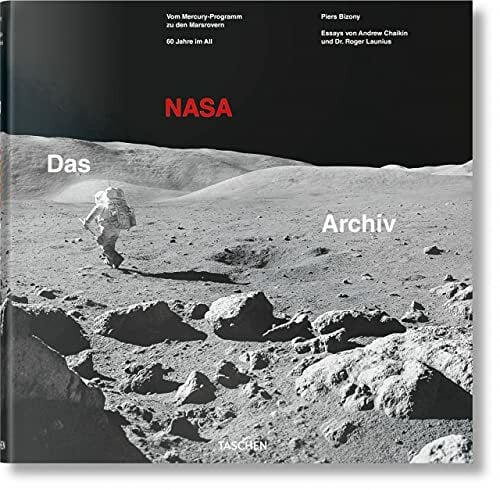
- hardcover
- 468 Seiten
- TASCHEN

















